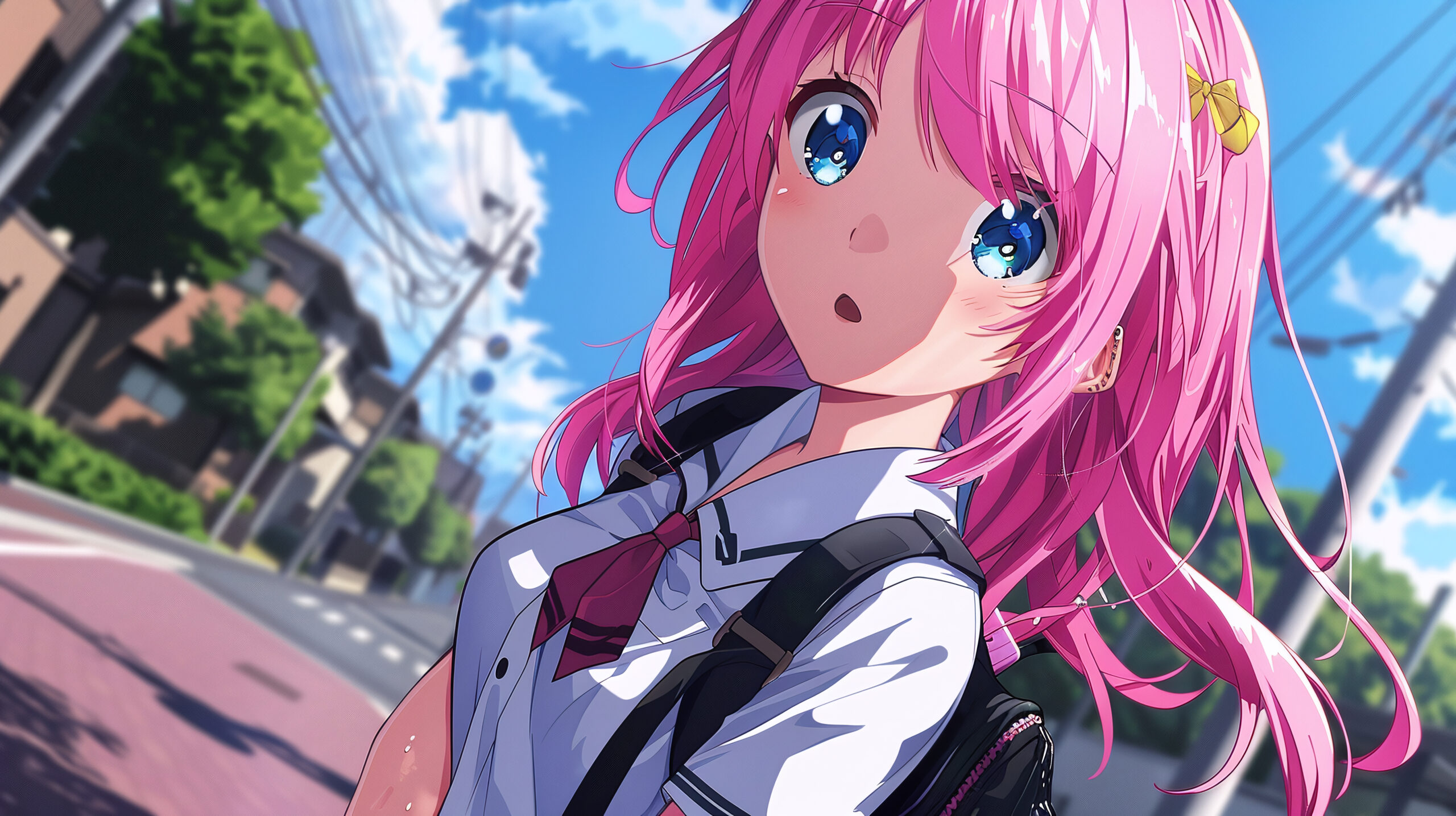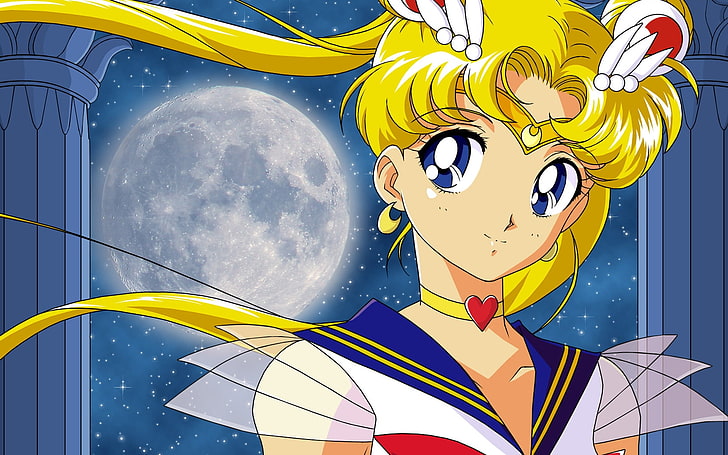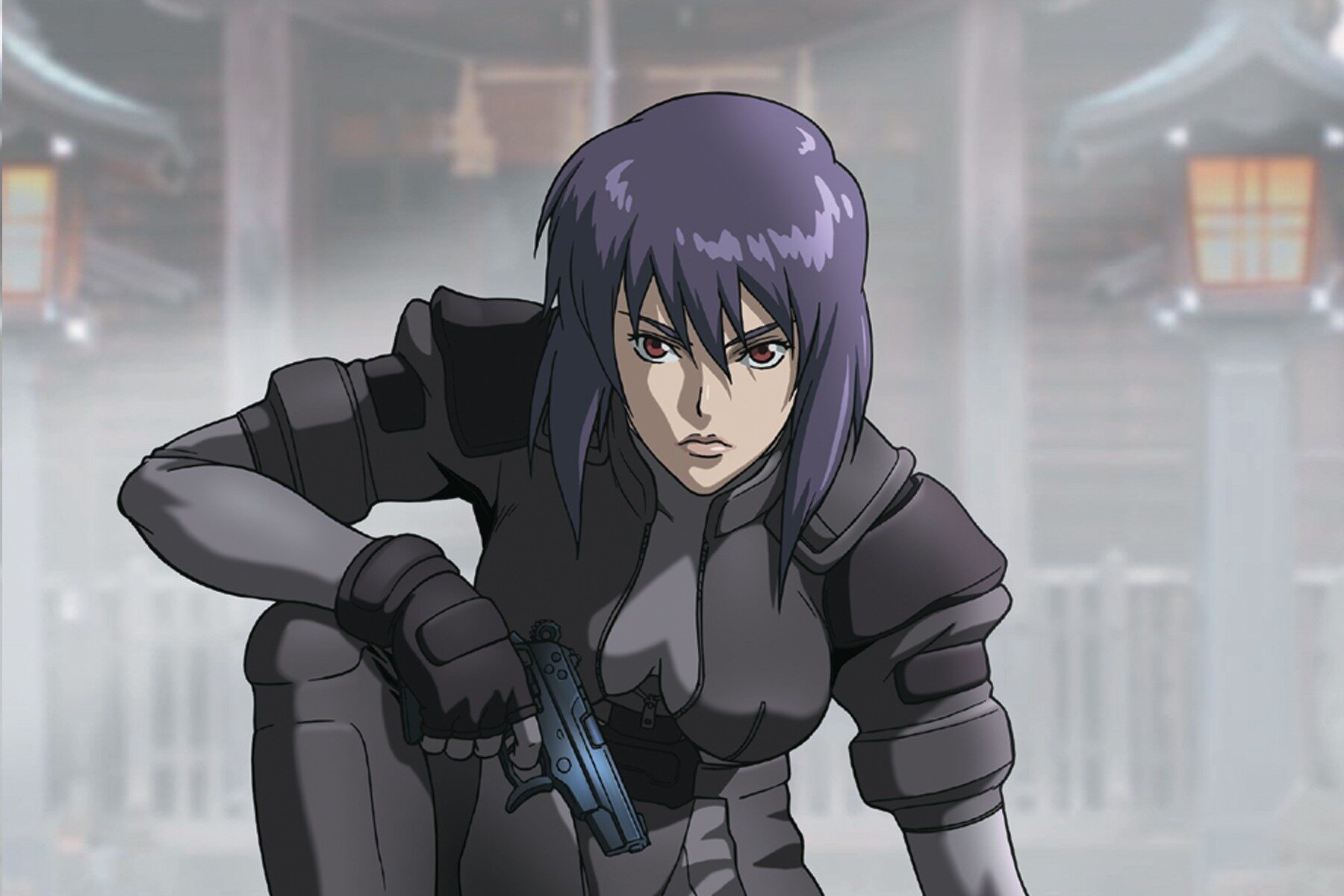55 Very Dirty Christmas Pick Up Lines


Anime has long been a vibrant tapestry of storytelling, offering a plethora of characters that resonate with audiences worldwide. Among these characters, female anime characters have carved out a significant place, captivating fans with their complexity, strength, and allure. From the early days of anime to modern series, these characters have not only entertained but also played pivotal roles in shaping the genre. In this article, we will delve into the evolution and impact of popular anime girls, exploring their cultural significance and the diverse representations they bring to the screen.

The history of anime is rich with female characters who have left an indelible mark on the genre. Characters like Sailor Moon from the eponymous series have become cultural icons, embodying themes of empowerment and friendship. Sailor Moon, with her transformation sequences and battle against dark forces, set a precedent for many magical girl series that followed. This series not only popularized the magical girl genre but also highlighted the importance of camaraderie and resilience.
Another pivotal character is Asuka Langley Soryu from “Neon Genesis Evangelion,” whose complex personality and struggles with identity provided a nuanced portrayal of teenage angst and self-discovery. Asuka’s character challenged the traditional roles of female characters in anime, offering depth and realism that resonated with viewers on multiple levels.
The influence of iconic anime girls extends beyond their series, impacting the genre as a whole. Characters like Bulma from “Dragon Ball” and Nami from “One Piece” have been instrumental in shaping the adventure and action genres. Bulma, with her intelligence and resourcefulness, played a crucial role in the “Dragon Ball” series, often serving as the brains behind the operation. Her character broke the mold of female characters being mere sidekicks, showcasing that women could be both smart and integral to the storyline.
Nami, known for her navigational skills and cunning, has been a staple of “One Piece” since its inception. Her character arc, from a thief with a tragic past to a trusted crew member of the Straw Hat Pirates, highlights themes of redemption and loyalty. These characters have not only advanced the narrative of their respective series but also inspired countless other female characters in anime.
Over the years, the portrayal of female characters in anime has evolved significantly. Early representations often leaned towards stereotypes, with characters being either damsels in distress or one-dimensional love interests. However, as the genre matured, so did its characters. Modern takes on female anime characters have embraced complexity, allowing them to be flawed, multifaceted, and relatable.
Series like “Fairy Tail” have contributed to this evolution by featuring strong female leads such as Erza Scarlet and Lucy Heartfilia. Erza, known for her formidable combat skills and unwavering determination, defies traditional gender roles, while Lucy’s growth from a novice wizard to a powerful sorceress underscores the theme of personal development. These characters embody the shift towards more empowered and independent female figures in anime.
In recent years, the intersection of anime and gaming has introduced a new wave of popular anime girls. Characters like 2B from “NieR: Automata” and Aloy from “Horizon Zero Dawn” have garnered immense popularity, blending the worlds of anime and video games. 2B, with her sleek design and philosophical undertones, challenges players to reflect on existential themes, while Aloy stands as a symbol of resilience and curiosity in a post-apocalyptic world.
Meanwhile, contemporary anime series such as “Jujutsu Kaisen” and “Demon Slayer” have produced female characters that resonate with modern audiences. Nobara Kugisaki from “Jujutsu Kaisen” is celebrated for her strength and independence, while Nezuko Kamado from “Demon Slayer” captivates with her silent determination and protective nature. These characters reflect the current trends in female representation, where complexity and relatability are paramount.
The cultural impact of female anime protagonists extends beyond entertainment, influencing societal perceptions and inspiring real-world change. Characters like Motoko Kusanagi from “Ghost in the Shell” have sparked discussions around technology, identity, and feminism. As a cybernetic law enforcement officer, Motoko’s character challenges traditional gender norms and explores the intersection of humanity and technology.
Similarly, the impact of series like “Sailor Moon” transcends its narrative, inspiring movements centered around female empowerment and LGBTQ+ representation. The series’ themes of love, justice, and acceptance have resonated with diverse audiences, contributing to a broader cultural dialogue around inclusivity and representation.

Recent anime series have made significant strides in representing diverse female characters, reflecting a broader spectrum of identities and experiences. Shows like “Attack on Titan” and “My Hero Academia” feature strong female characters who break away from conventional archetypes. Mikasa Ackerman from “Attack on Titan” is a prime example, known for her unparalleled combat skills and unwavering loyalty. Her character defies traditional gender roles, standing as a formidable force in the battle against the Titans.
In “My Hero Academia,” characters like Ochaco Uraraka and Momo Yaoyorozu showcase the diversity of female representation in terms of personality, abilities, and aspirations. These characters illustrate the growing trend of portraying women as complex individuals with their own goals and challenges, contributing to a more inclusive and relatable anime landscape.
Classic anime series have given rise to beloved female characters who continue to capture the hearts of fans. Characters like Faye Valentine from “Cowboy Bebop” and Kagome Higurashi from “Inuyasha” have become staples of anime culture. Faye’s character, with her enigmatic past and sharp wit, adds depth and intrigue to the “Cowboy Bebop” narrative, while Kagome’s journey through time in “Inuyasha” explores themes of love, courage, and destiny.
These characters have not only defined their respective series but also left a lasting legacy in the anime community. Their enduring popularity is a testament to their well-crafted personalities and the emotional connections they forge with viewers.
Beyond anime, female characters in manga and light novels have also played a crucial role in shaping narratives and genres. Titles like “Fruits Basket” and “Sword Art Online” have introduced characters who resonate with readers on a profound level. Tohru Honda from “Fruits Basket” is celebrated for her kindness and resilience, navigating a world filled with supernatural elements and personal challenges.
In “Sword Art Online,” Asuna Yuuki emerges as a strong and capable warrior, challenging traditional gender roles and showcasing the power of partnership and perseverance. These characters highlight the importance of diverse storytelling in manga and light novels, offering readers a wide range of experiences and perspectives.
As the anime and manga industries continue to evolve, the representation of female characters remains a pivotal aspect of the storytelling process. With each new series and adaptation, these characters inspire, challenge, and entertain, ensuring their place in the hearts of fans for generations to come.